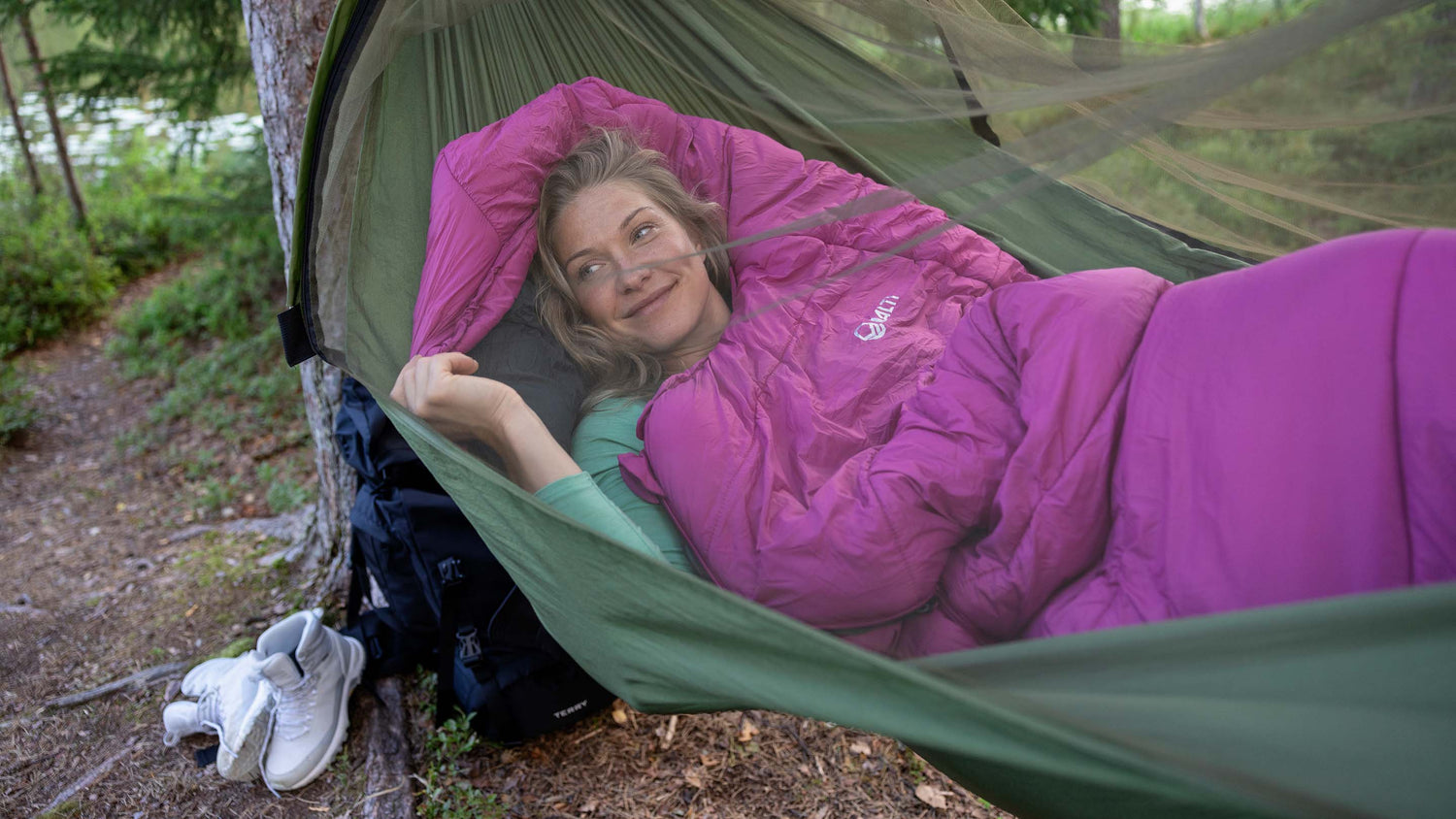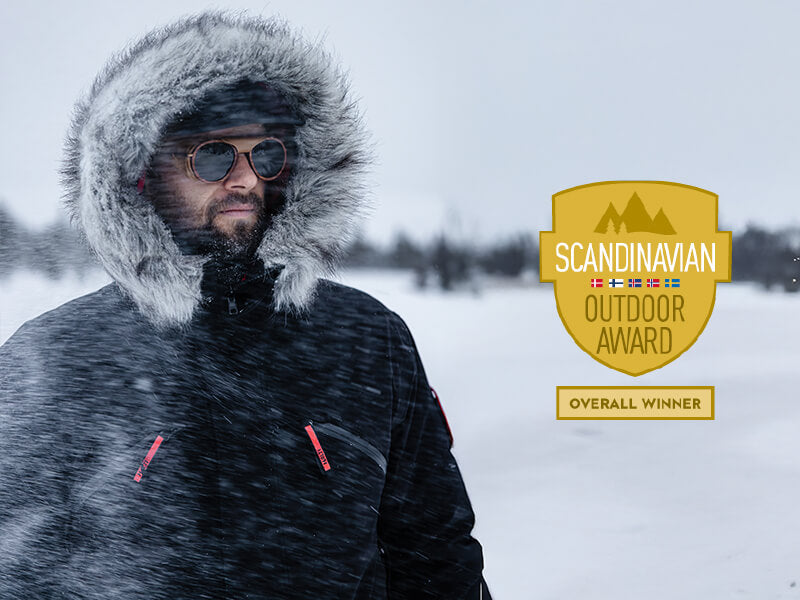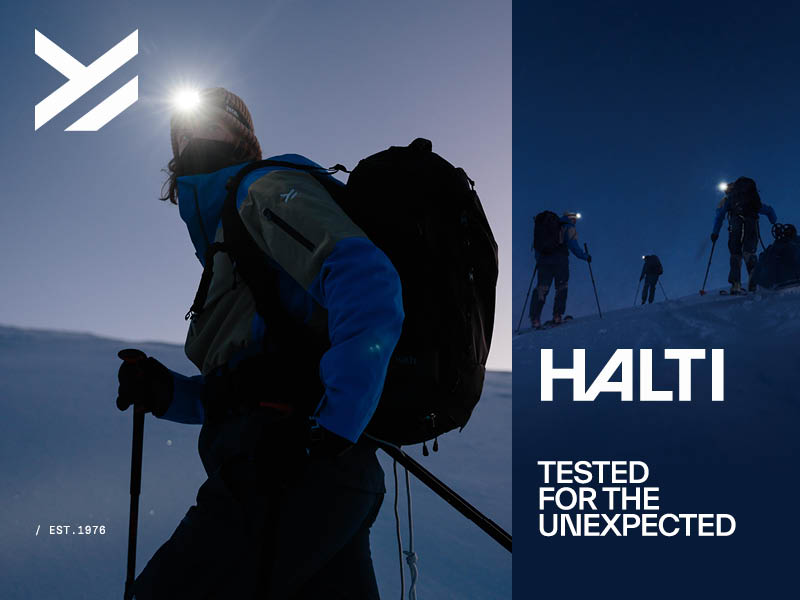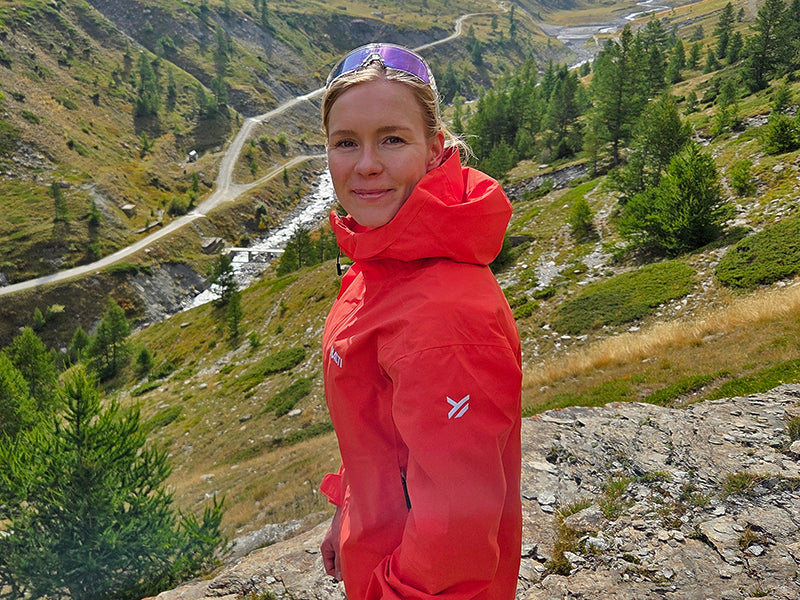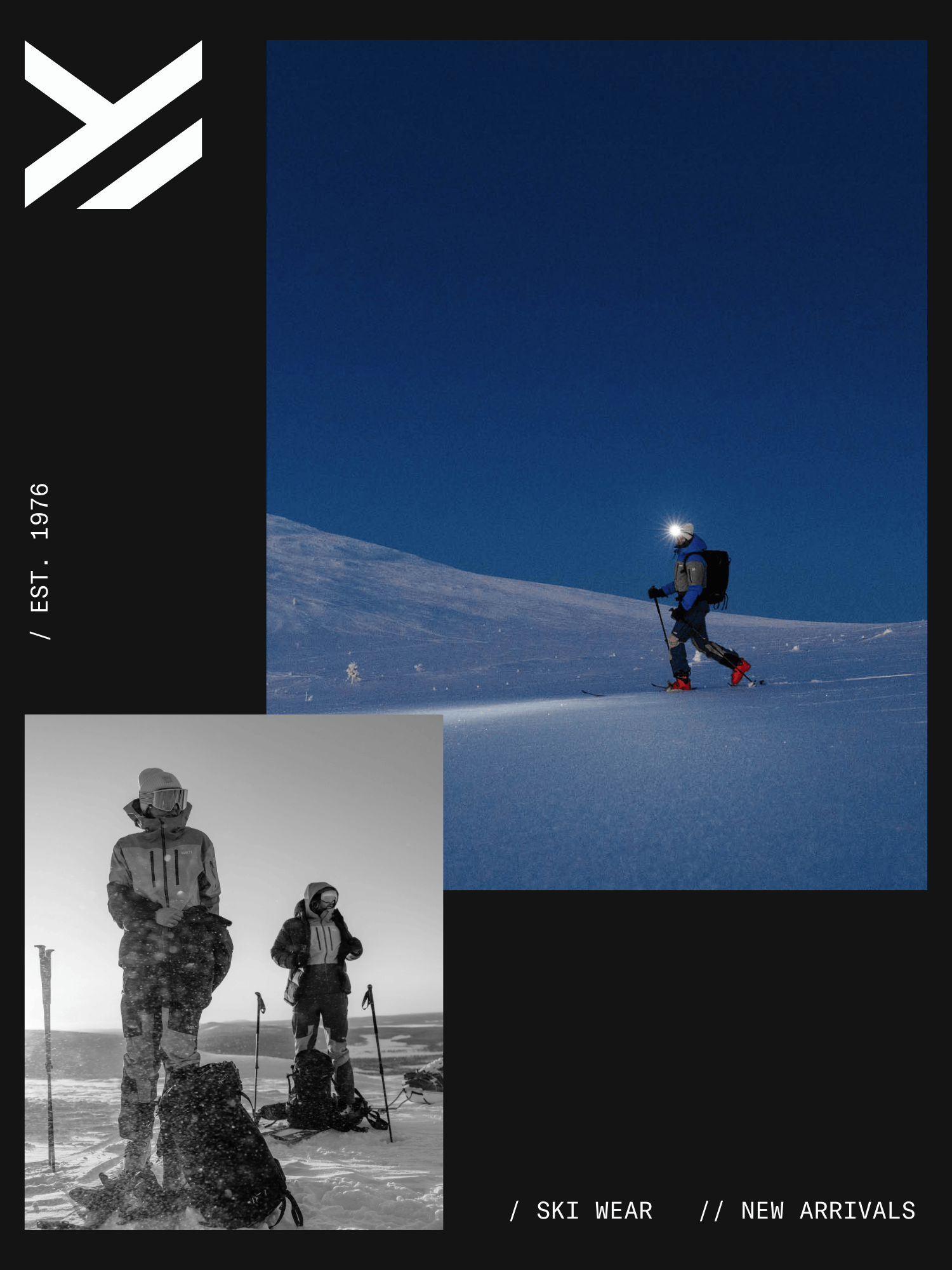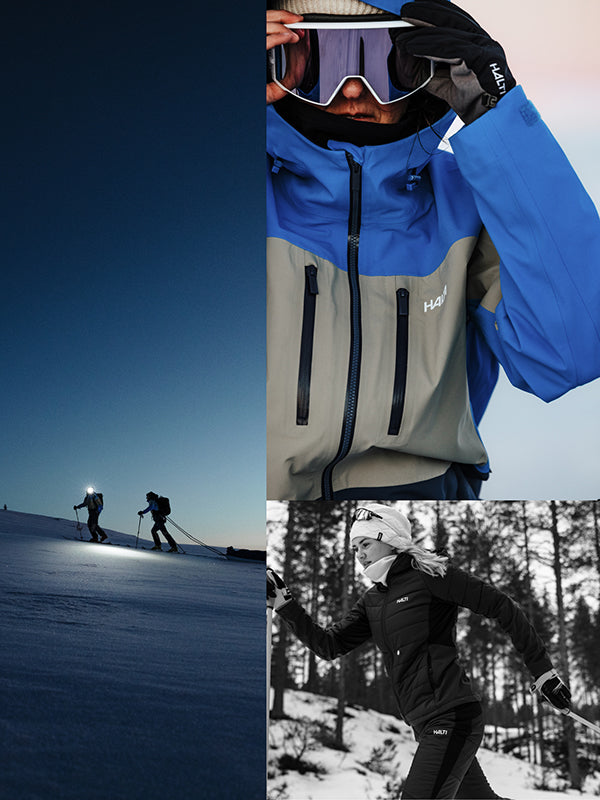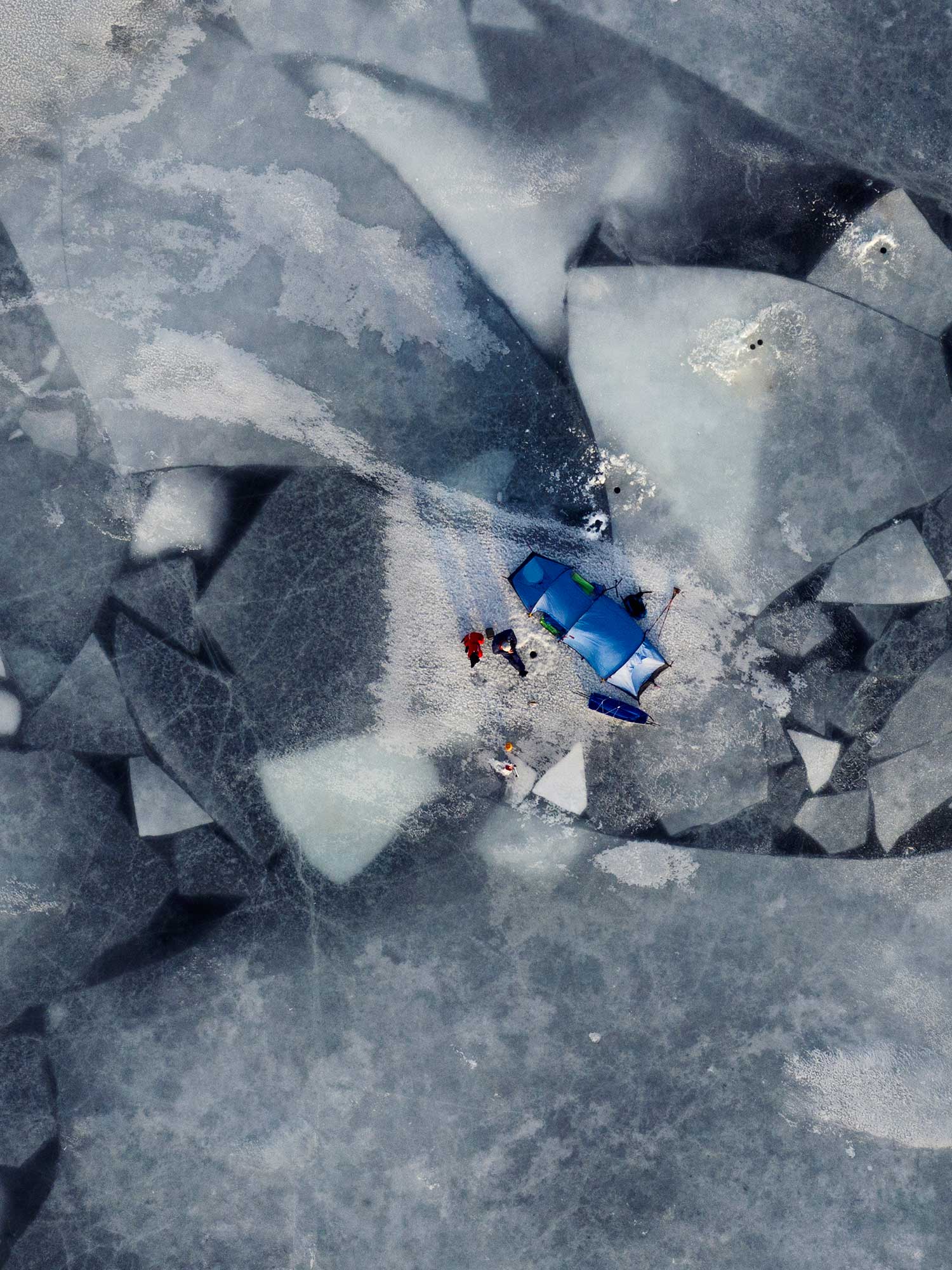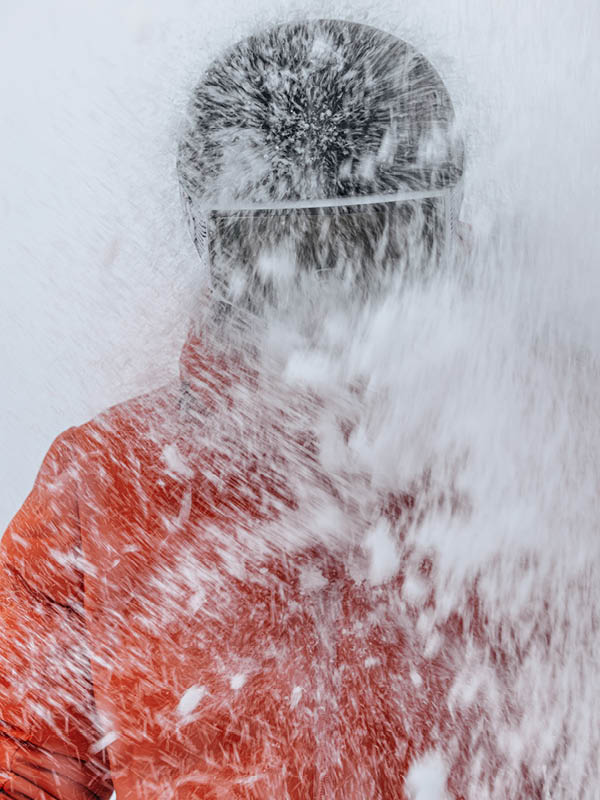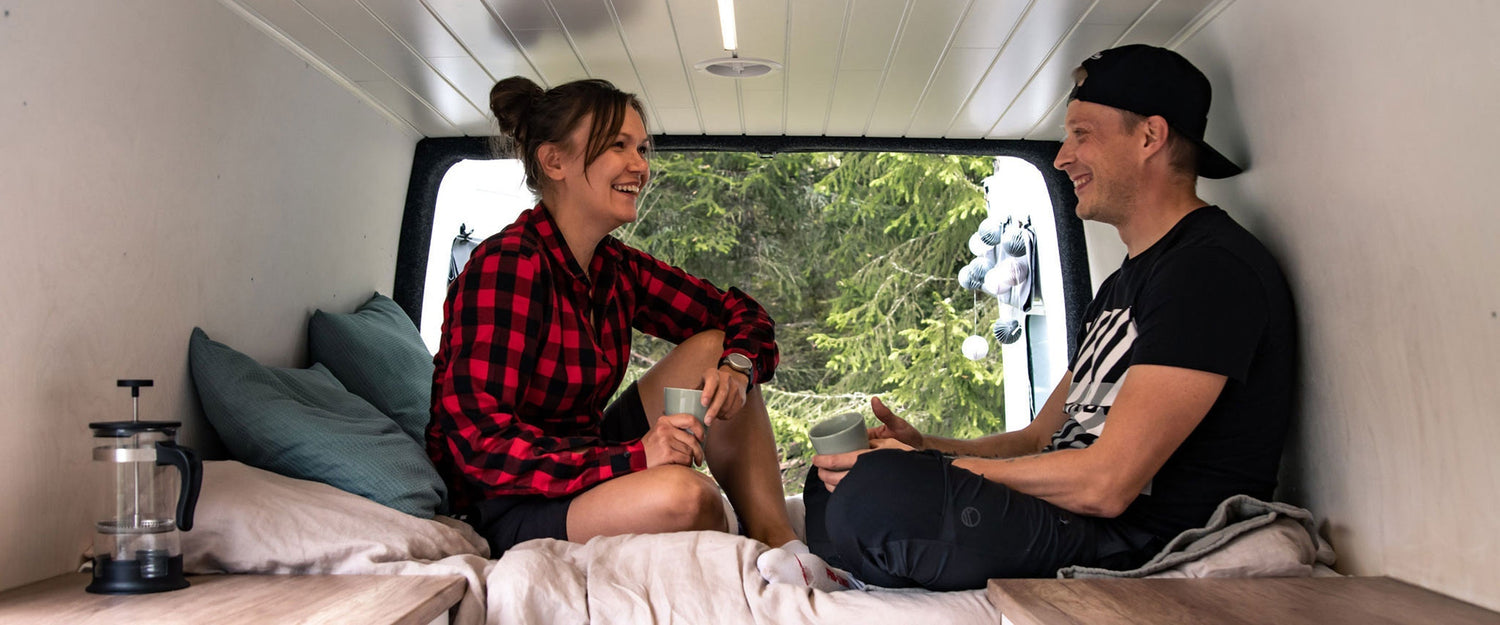A high-quality sleeping bag is a must-have for camping around the year. Our collection includes a variety of sleeping bags in different sizes and for different temperatures, so you can enjoy nights outdoors from summer to winter and everything in between. Explore our guide and read tips for finding the right sleeping bag for you!
When choosing a sleeping bag, it's important to consider the time of use and the prevailing conditions. The sleeping bags on the market can be divided into three different categories according to their temperature.
- Summer sleeping bags: Recommended for use from late spring to early fall. This is why the term "two-season sleeping bags" is also used.
- Three-season sleeping bags: Use from early spring to late fall, and mild winter.
- Winter sleeping bags: So-called four-season sleeping bags are generally used during the coldest weather from autumn to spring. Of course, nothing prevents you from using a winter sleeping bag even on cold summer nights.
Thermal ratings of sleeping bags
The thermal ratings of Halti sleeping bags are tested and measured according to the EN13537 standard. This standard is followed by almost all well-known sleeping bag manufacturers, so it is easy for the consumer to compare the options of different brands. In the standard measurement, the person wears an underlayer and a beanie.
- Comfort (women's value) is the lowest temperature at which (standard woman 25 years old, 60 kg) sleeps comfortably at night.
- Limit (men's value) is the lowest temperature at which (standard man 25 years old, 70 kg) sleeps for eight hours without waking up to the cold.
- Extreme is the temperature where (standard woman 25 years old, 60 kg) might feel hard
coldness. At this temperature, the sleeper is at risk of hypothermia.
However, it is worth noting that each person feels the cold differently. A person's head gives off a lot of heat, so protecting it with a hat has a significant effect on keeping the body warm. An inexperienced person sleeping in a tent can also choose a sleeping bag that is a degree warmer, because especially on short trips, the human body does not have time to get used to the cold.
Different sizes in sleeping bags
When purchasing a sleeping bag, you should also focus on its size. The temperature classification mentioned earlier is best achieved when the sleeping bag is neither too tight nor too spacious. In order to guarantee optimal insulation of the bag, we recommend fitting it before making a purchase decision. Halti sleeping bags can be fitted easily, for example, in our own stores. In our sleeping bag collection, there are generally three different sizes available.
- F model: Person's height less than 175cm.
- M model: Person's height less than 185cm.
- L model: Person taller than 185cm.
- XL model: The size found in the Halti Family sleeping bag series for those who like a roomy bag. The XL size sleeping bag can also be used during winter on top of another sleeping bag as additional insulation and warmth.
Sleeping bag usage & storage tips
- It is good to open the sleeping bag after setting up the tent and spread it over the sleeping pad inside the tent. This makes the bag more airy.
- Put on a layer or similar in cold conditions. Put on a beanie if necessary.
- Warm up gently before going to bed.
- If the sleeping bag has a thermal collar, tighten it above the shoulders.
- Use a sufficiently insulating sleeping pad.
- If possible, store the sleeping bag loosely wrapped or in a large mesh bag. When stored this way, the sleeping bag stays fluffy and warms significantly better.
- The sleeping bag should be packed in a protective bag by stuffing it into the bag with the head first. This style is recommended, because then the wadding filling the sleeping bag stays fluffier. Rolling the sleeping bag compacts the cotton and affects the thermal insulation of the sleeping bag.
- Unfortunately, Halti does not have protective bags as a spare part, but they can be sold in stores in the sector in different sizes and prices. Alternatives and sellers can be found online by Googling, e.g. search terms "protective bag", "compression bag", "dry bag.

